
How Snakes Work Snake, Snake facts, Biology art
Diagram Finder Home Snake Diagram With Animated PPT Snake Diagram Rating: 94 Downloads so far (13 Editable Slides) Sign Up & Download Now Add to Compare Available For Tags: Snake Similar Products Road Infographics (15 Editable Slides) Snake and Ladder Infographics (5 Editable Slides) Snake Timeline (6 Editable Slides) Details Reviews 1
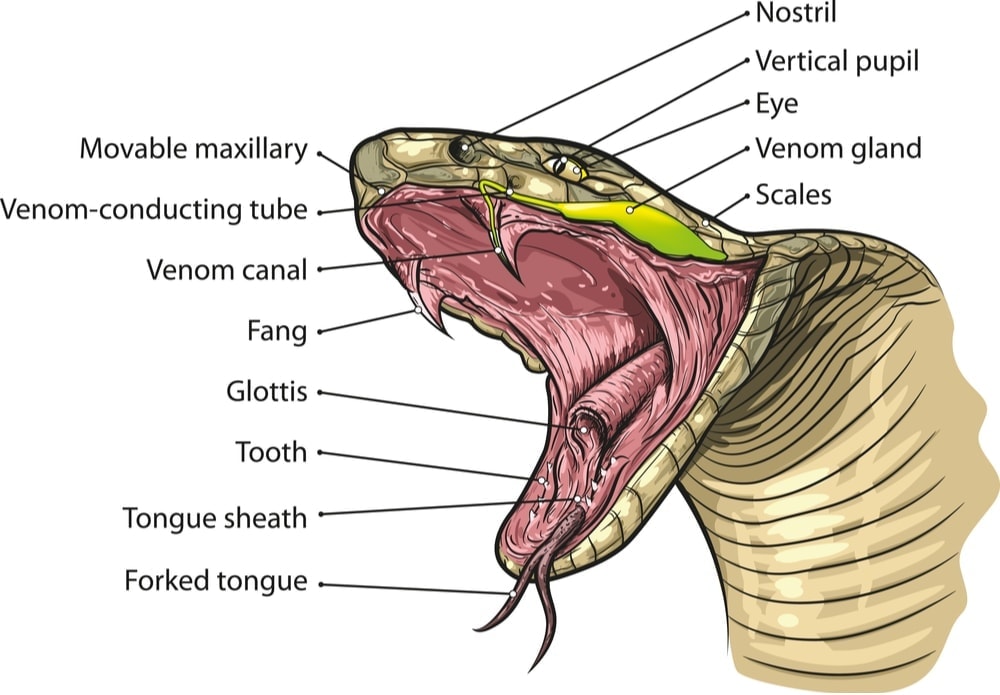
Snake Anatomy Information » Petsoid
A snake's body is made up of many parts. Each part has a specific function, or job.

All about snakes Wildlife
11K 372K views 7 months ago Experience the world of snakes in a whole new way with my fascinating 3D animation about the anatomy of these fascinating animals. Learn about the anatomy of the.

Snake anatomy and physiology pet education, The anatomy and physiology of snakes differs from
one lung ectothermic long slender bodies There are over 3,500 individual species that fit these characteristics, with more being added each year. These 3,500+ species are split into 20 different families that can be further broken down into 520 genera.

Anatomy of a Female Grass Snake Old Book Illustrations
Snake Anatomy. Snakes belong to the reptile group. They lack the moveable eyelids, limbs, sternums, urinary bladder and ear openings. The body of the snake is so narrow and elongated. So the organs of the snake are also elongated to fit in the body structure. The quadrate bones that connect the skull to the lower jaw are long and flexible.

Snake Anatomy & Physiology Bugs In The News
The snake diagram template can be edited and customized to suit personal taste. Colors, text, icons can be modified. The pre-designed snake diagram PPT template can work well when covering data or organizational process flow in a streamlined manner. Ideal for use by strategic planners, process managers, brand managers, etc….
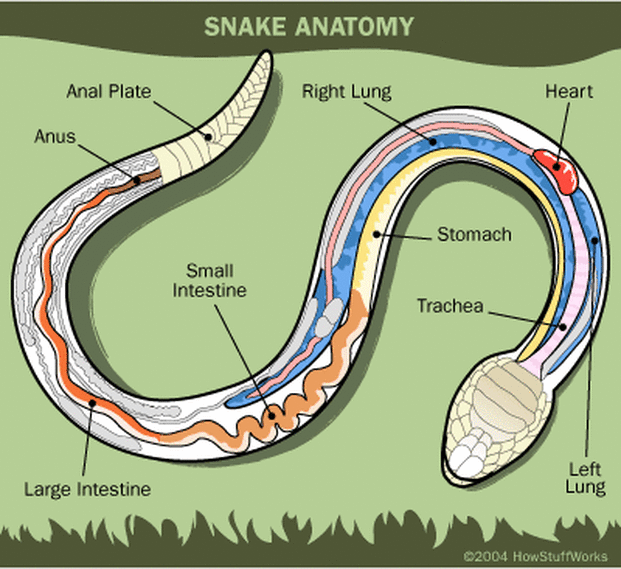
The Digestive System and Its Chordata Phylum Digestive System
Most snake skulls consist of many small, delicate bones that are unfused. The lower jaw is not fused at the center, allowing the snake to use its lower jaws like arms to slowly feed in prey. Snakes have very sharp, delicate teeth, and lots, and lots, and lots of them — typically on several different jaw bones! Avoid disturbing the teeth.

anatomy of a snake Pet snake, Snake breeds, Corn snake
4. You should now have a ventral view of many of the organs of the snake. On the next page you have a generalized diagram of the snake, with organs drawn in. As you proceed with the dissection, label the organs that you see on the diagram. 5. The first organ that you should find is the lung. It is very delicate, so be careful. It will likely

Anatomy of snake
Details of General Anatomical Features (click on the diagram at left for an enlarged version): Snakes have no moveable eyelids, limbs, ear openings, sternums, or urinary bladders. Most species have only one functioning lung, although many have a second, vestigial (essentially non-functioning, or only marginally functional) lung.

Open Wide Snake Diagram Lindsey Kernodle Artwork
Snake curled draft is like the higher graph bars Big snake curled draft is like the higher graph bars throughout and its malicious eye gazed down at businessman, The men afraid and raised his arms to protect themselves from harm on white background snake diagram stock illustrations
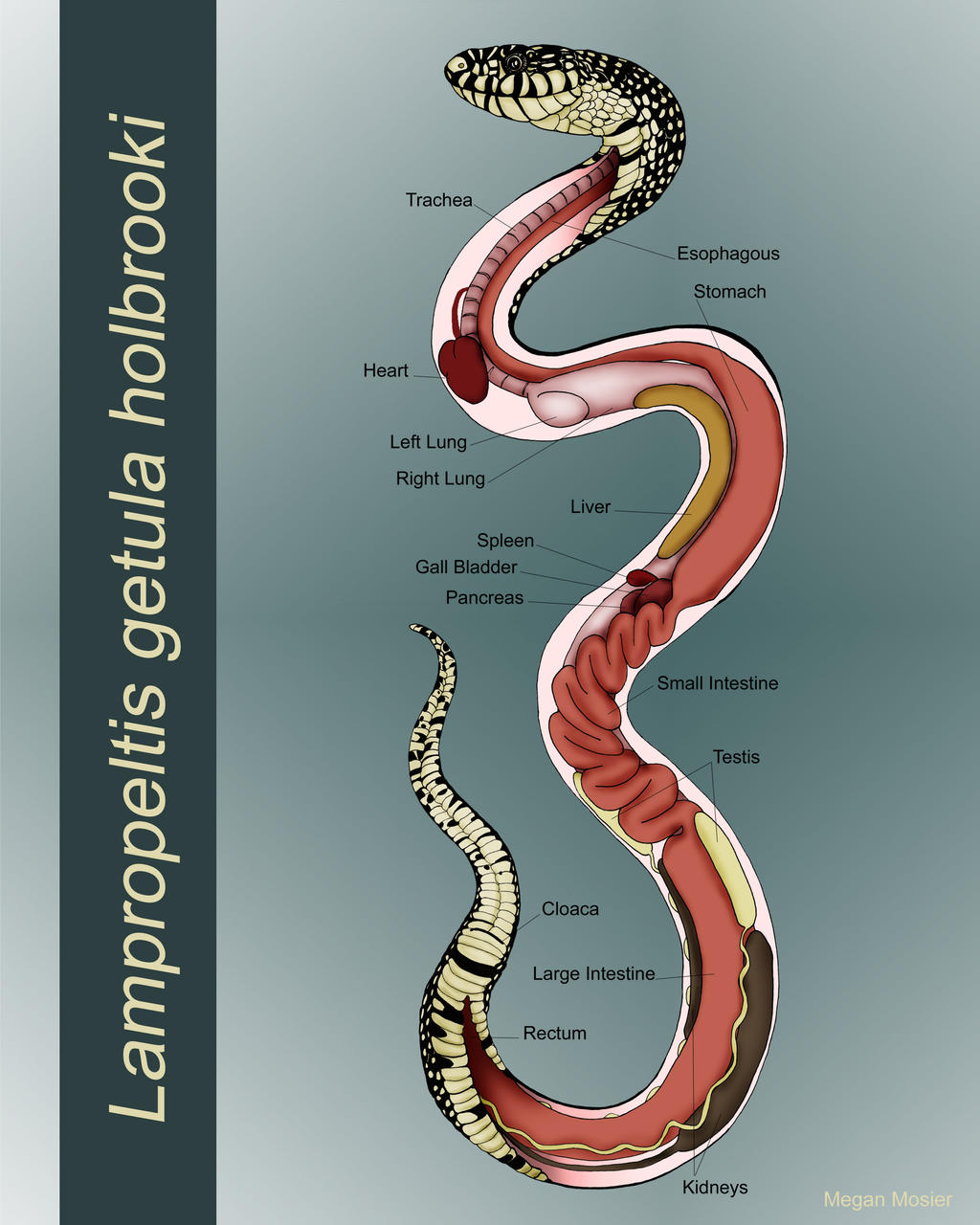
Anatomy of a Snake by MeganMosier on DeviantArt
The teeth vary somewhat between the genera. The more commonly seen non-poisonous species such as the colubrid family (containing the kingsnakes and rat snakes) and the boid family, have simple, caudally curved, peg-like teeth. Some of the more poisonous species have specialist adaptations.

Parts of a Snake Final Video YouTube
Animal Diagram: Snake (labeled and unlabeled) Overview One labeled diagram and one blank diagram for students to complete. Media PDF Download Resource Tags Animal Diagrams Similar Resources PREMIUM

Snake anatomy Diagram Quizlet
Chart: Snake anatomy. A crisp, higher resolution of this graphic is contained on Australia's Reptiles CDROM.. This site maintained by Mark F. Miller, webmaster at herpetology.com. BACK ßß
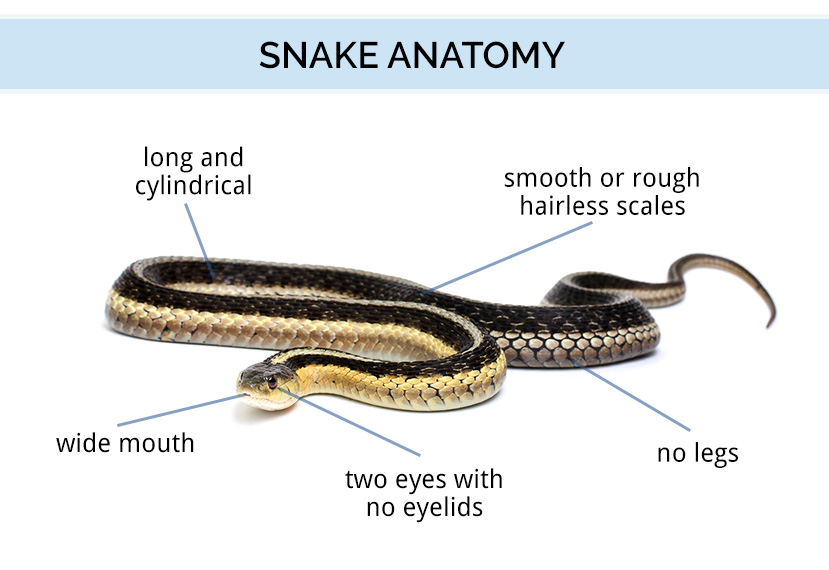
Snake Identification, Anatomy, & Life Cycle Types of Snakes
Snakes go through a cycle of birth, growth, reproduction, and death. Most species of snakes lay eggs, while others give live birth. When hatched or born, snakes are fully formed and equipped to survive. They grow by shedding their skin, and as they mature, they become sexually mature and breed during specific seasons.
Anatomical Diagram of a Snake r/snakes
snake skeleton The vertebral column of snakes is highly elongated and has more vertebrae than any other living animal—up to 600 in the Australian python ( Morelia oenpelliensis ).
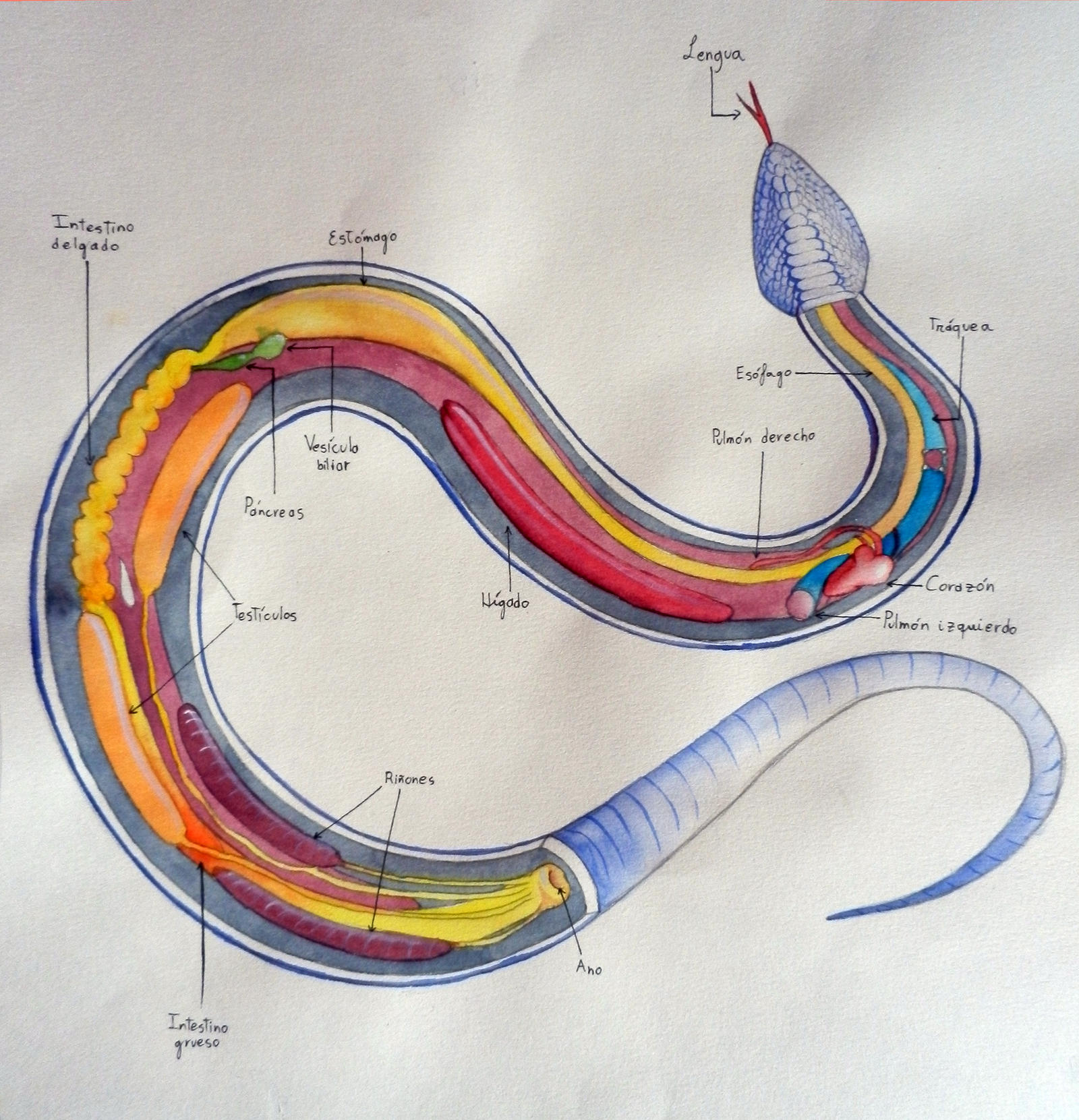
Snake organs (Anatomy study) by Erobertix on DeviantArt
Snake skeleton A snake skeleton consists primarily of the skull, vertebrae, and ribs, with only vestigial remnants of the limbs. Skull The skull of Python reticulatus. The skull of a snake is a very complex structure, with numerous joints to allow the snake to swallow prey far larger than its head.